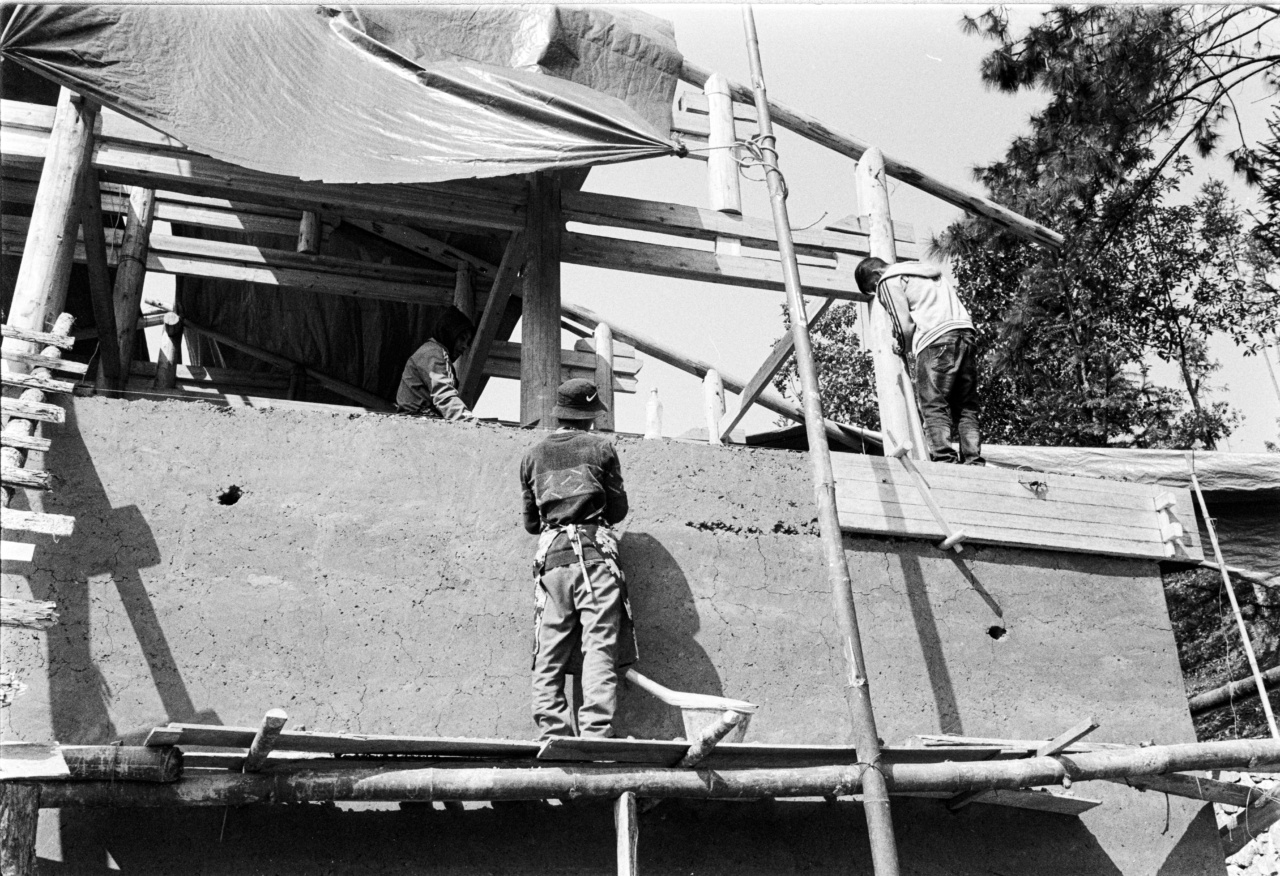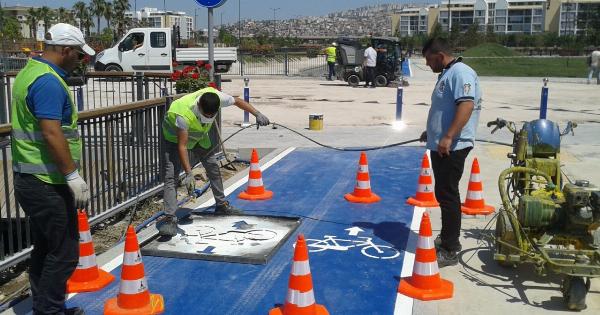Childbirth can be a nerve-wracking experience, and one of the main concerns for expectant parents is knowing when labor is starting.
It can be challenging to differentiate between false labor pains and the actual onset of labor, making it important to be informed on the signs that labor is starting properly. In this article, we’ll discuss the key signs to look out for.
1. Lightening
Lightening is the term used to describe when you notice that your baby has dropped lower into your pelvis. You’ll likely notice that your baby bump appears lower and that you might be more comfortable walking or sitting.
This change in your baby’s position means labor is close, and it is a sign that your baby is preparing for delivery.
2. Increased Cervical Changes
As your body prepares for labor and delivery, your cervix will begin to soften. You may also experience an increase in cervix dilation, which refers to the opening of your cervix.
These changes can be checked by your obstetrician or midwife during prenatal checkups, and when you begin to feel more frequent contractions, you may notice that these changes occur more rapidly.
3. Bloody Show
As your cervix opens up, the mucus plug that once protected your baby from infections throughout your pregnancy will dislodge. As a result, you may notice a thick discharge of mucus that may have a tinge of blood, which is known as a bloody show.
This sign usually indicates that labor will start in the next two to three days.
4. Regular Contractions
Contractions are a sure sign that labor has started, and they are the most obvious sign. When you experience contractions, you’ll feel your uterus tightening and releasing, and this will happen at regular intervals.
As you approach labor, contractions will start to become more frequent, stronger, and more uncomfortable. You should time your contractions as soon as they begin to avoid any confusion between false labor contractions and the real thing.
5. The Breaking of the Water
Rupture of the amniotic sac, also known as your water breaking, is another sign of labor. It may happen after contractions or independently; you may notice a sudden gush of fluid or a continuous trickle down your legs.
If this happens, you should call your healthcare provider immediately as the risk of infection increases after this point.
6. Nausea and Diarrhea
As your body prepares for labor, it begins to release prostaglandins, which can cause nausea and diarrhea. These symptoms may come on suddenly; you may experience cramping in your stomach and nausea.
Although it can be uncomfortable, it’s a sign that your body is working to prepare for the delivery of your baby, and it’s not anything to worry about.
7. Increased Energy
During the final days of pregnancy, it’s typical to feel tired and lethargic as your body prepares for labor. However, when labor is imminent, you may experience a sudden burst of energy.
You may feel an urge to clean and prepare your home for the baby’s arrival or go for a walk. If you’re experiencing this symptom, it’s important to conserve your energy, so you’re not exhausted during the delivery.
8. Backache or Pelvic Discomfort
You may experience backache or pelvic discomfort during the days leading up to labor, which is a common sign that your body is getting ready for delivery.
As your baby moves lower down in your pelvis, it may put added pressure on your back and pelvis, which can cause discomfort. However, if you experience severe pain or pressure, you should contact your obstetrician or midwife.
9. No Relief from Contractions
When experiencing Braxton Hicks contractions, the contractions fade away when you change your position. However, when you’re in labor, changing positions doesn’t usually relieve the pain of contractions.
If you experience regular contractions that do not go away with a change in position and get gradually stronger, this can also be a sign that labor has started.
10. Inability to Speak through Contractions
As labor progresses, contractions become stronger, and it becomes challenging to speak or communicate through them. You may find yourself going into a laboring trance, focusing solely on your breathing or a focal point.
If you find yourself unable to hold a conversation during contractions, it’s a good indication that you’re in active labor.
Conclusion
While it can be hard to differentiate between the early signs of labor and other discomforts during pregnancy, knowing and looking for the key signs listed above can help you determine when to contact your healthcare provider and when to head to the hospital. Remember that every pregnancy and labor is unique, and you should always follow the guidance of your healthcare provider.




























